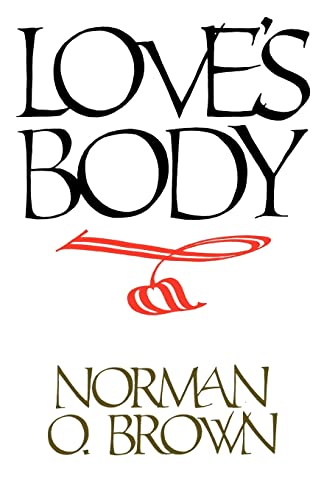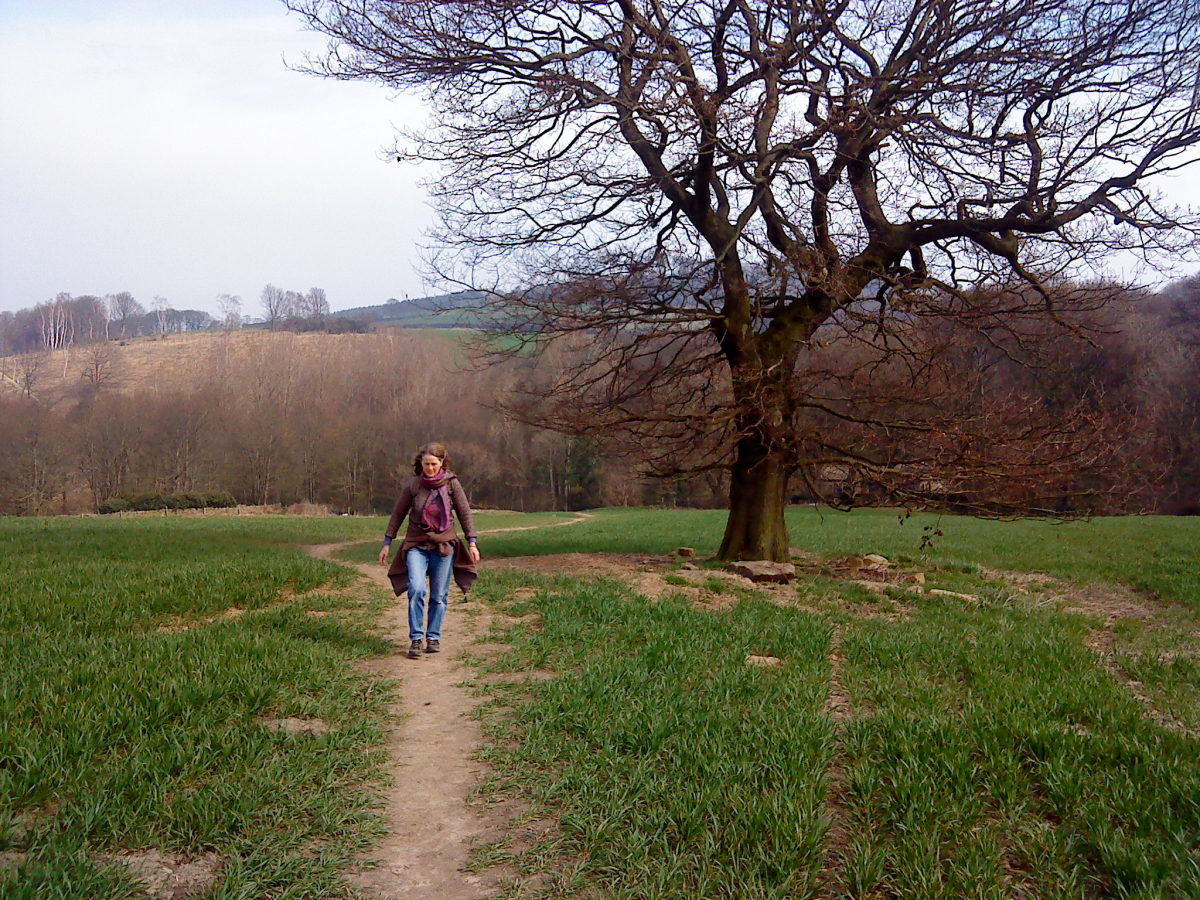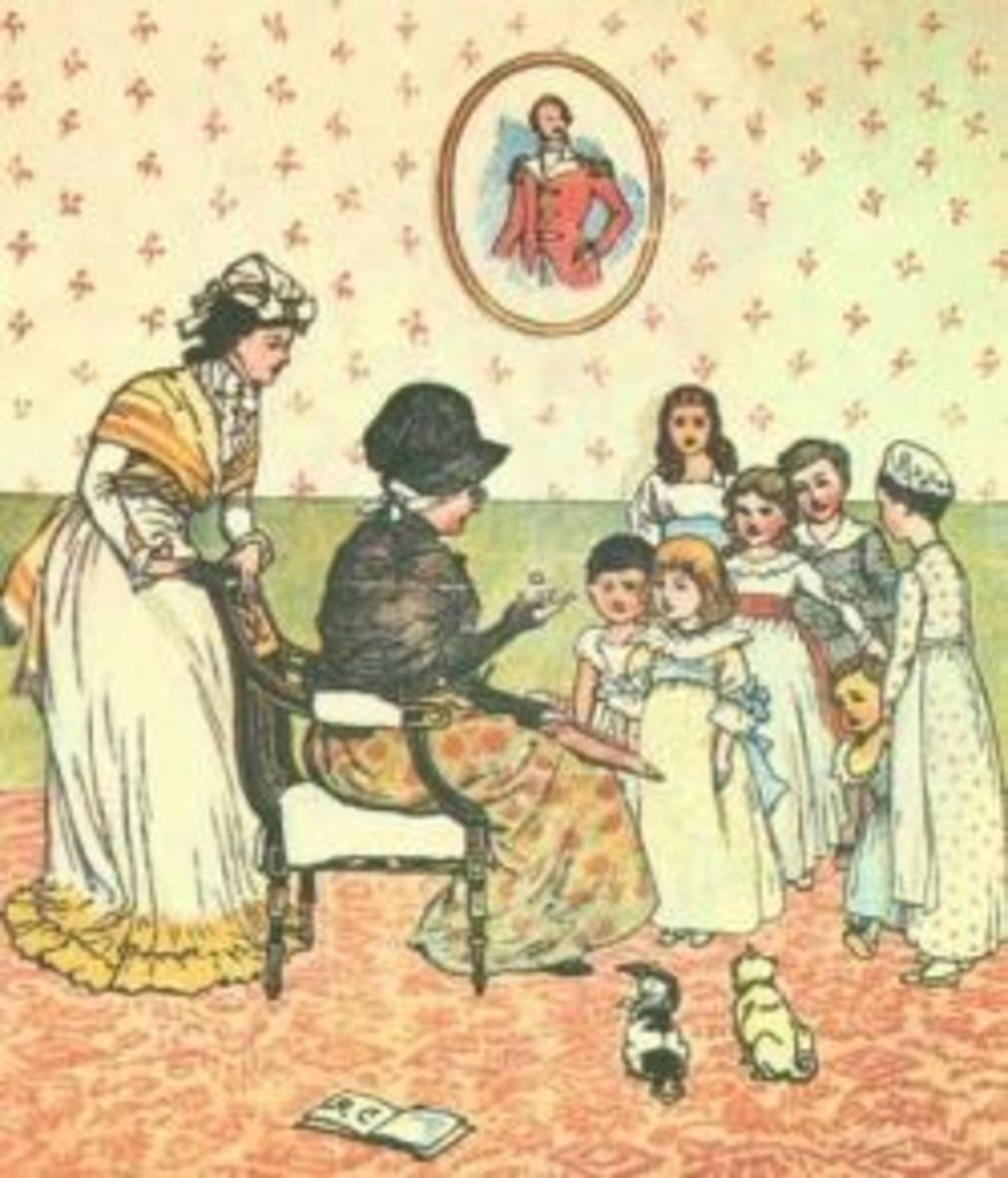How to Walk Like a Poet: an Artist's Guide to Finding Inspiration

Take a Walk.
This piece is part 2 in a 5 part series about the creative process from an artist's perspective. For part 1, on getting started on your journey, click here. For part 3, on keeping a journal and taking notes, click here.
Feeling uninspired? Take a walk. That's what Norman O. Brown would do. Or, as Jesus would say, "that's what Professor Norman O. Brown would do."
Major Books by Professor Brown
Title
| Year
|
|---|---|
Hermes the Thief: The Evolution of a Myth
| 1947
|
Hesiod, Theogony (translation and annotation)
| 1953
|
Life Against Death: The Pyschoanalytical Meaning of History
| 1959
|
Love's Body
| 1966
|
Closing Time
| 1973
|
Apocalypse and/or Metamorphosis
| 1991
|
The Challenge of Islam: The Prophetic Tradition
| 2009
|
Brown is the greatest philosopher that you have never heard of, and he liked to take walks. "Liked" being an understatement: Norman spent hours every day, even during his most productive intellectual years, wandering the paths and trails of the University of California, Santa Cruz (UCSC) campus, where he served as a renowned professor for much of his career. Norman walked to think; to clear his mind and focus his thoughts, to create a blank canvass where his words would find homes like so many brushstrokes of great masters before him. He wrote some of the most creative theories of the twentieth century, from his pioneering work surrounding repression which would spark the sexual revolution of the 1960s, to his detailed look at Greek mythological characters that elevated the genre of philosophical analysis. And to create such artistic works of intellect, Norman went on long, meandering walks. Norman O. Brown walked like a poet.
In the lyrical guide that follows, I will define the meditative concept of "walking like a poet," and discuss how to apply this strategy as an artist in any discipline to find inspiration and bring the creative spirit to life.
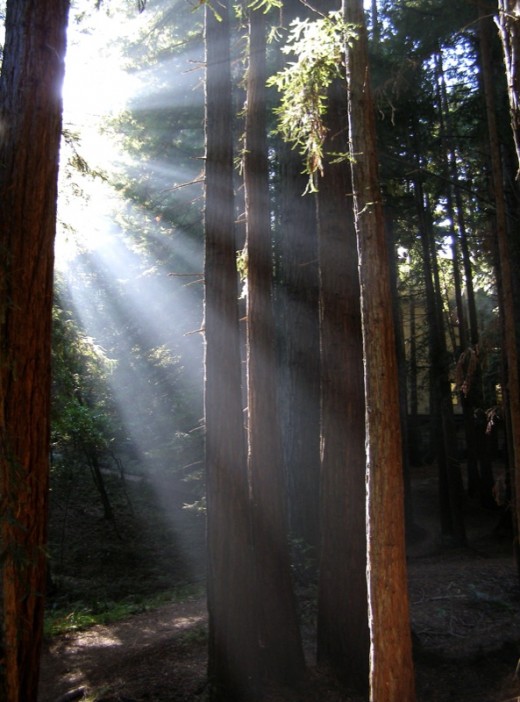
"My Georgics:" A Walk in the Redwoods with Professor Brown
Professor Brown had a beautiful place to take his walks; the sprawling, forested hills of UCSC's campus are a legendary and picturesque landscape that served as the backdrop for more than one radical theory's birth. But it wasn't the scenery that inspired Norman's creativity. It was the act of walking itself, which Brown was fond of calling his "georgics."
"Georgics" from the classic Greek poem of the same name by Virgil, Brown called walking his "good work," referencing the agricultural themes of Virgil's original piece. In "Georgics" the poem, good work is the place in the field hand's work where the mind turns while the body moves; in georgics the practice, walking serves the same purpose for the artist who finds their mind racing when their body is at rest. A perfect balance, where the corporeal self is taxed enough for the spiritual self to find clarity, and a lucidity of thought and purpose is produced by a thinker's literal and metaphysical state of motion.
For Professor Brown, walking was a pre-requisite for creative potential: the beginning of a process that led from redwood trails to the stacks of University libraries, and resulted in intellectual brilliance. For the artist, walking can and should be a constant source of inspiration.
Walk Like a Poet
A master like Norman O. Brown walks like a poet naturally; the rest of us have to learn.
A poet walks with their eyes as much as their feet. Every leaf on every tree, every crack in every sidewalk, everything the poet's eye touches is worthy of a long and thoughtful gaze.
The hills of UCSC's campus, blanketed with countless redwoods. Use "street view" to explore.
A poet walks to make the commonplace uncommon. A poet's footstep is the grandest beat on the grandest drum; a veritable cacophony of creation, or a nearly silent lyric disguised in rhythmic form.
A poet walks like the edge of the world is around every corner, and fears waterfalls cascading over flat horizons, all while knowing the earth is round. There is nothing certain in the poet's walk; only potential energy turned kinetic, potential art given creative spirit.
A poet walks to see the world, and clear the mind, and drink the inspiration that hides in plain sight for the poet's eye to devour.
Walking like a poet means stopping to smell the roses that aren't blooming today, looking for a treasure with no map, and knowing that "x" marks every spot. Walking like a poet means seeing beauty in everything and every person and every place, a divine or evolved pattern that in any case means life and in any case is worth marveling over. Clear your mind with georgics; open your eye's like a poet's.
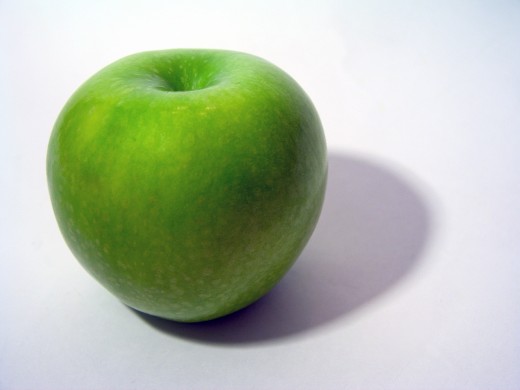
Practicing a Poet's Eye
Look around you, and find the nearest sphere. An apple will do just fine, as will a baseball or a darkened light bulb. Stare at it; don't turn away. Turn off your music, turn off your ringer. Stare at that sphere until you could trace every shadow with charcoal on paper, until every blemish becomes as perfect as the line of a coin's silhouette. And then stare some more; find a word for it that you wouldn't expect yourself to find. Is that apple like a saddle's horn? Is that mandarin orange boisterously round?
Look for another shape; the triangular outline of a hanging jacket, the cartoonish arch of a mug's handle. Look at your muse like you are seeing shape for the first time. Like you have been tasked with inventing a language to express this perfect slice of geometrics before you. And another shape, and another; see your world like this all day, and open the door and walk. Your poet's eye needs practice in the real world. Have you felt your mind wandering while you contemplated that orange on the counter? When you walk, your feet can wander while your mind stays focused and your eyes stay open.
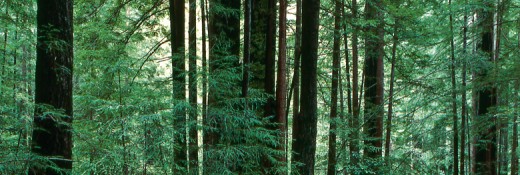
You need not write like a poet to see like one. Do you paint with oils instead of words? Your verses will be crafted from a palette of strokes instead of letters; your poem a painting, crafted from the things you see with poet's eyes in a circle or a long walk. Are you a dancer? Do you sing with your body instead of your voice? Your poem a dance; your paintbrush a pointed toe. The poet's eye will serve you as an artist in whatever direction your creative spirit wanders.
The Poet's Walk: a Well for the Creative Spirit
And so? We walk with our eyes open, and expect great beauty to erupt from our finger tips? Our minds to sharpen without whetting our pens, our brushes, our dancing feet? Walking and seeing are the first steps. Next comes the difficult work of awakening the creative spirit; the never ending challenge of breathing life into the eternally fledgling ember that is an artist's inspiration.
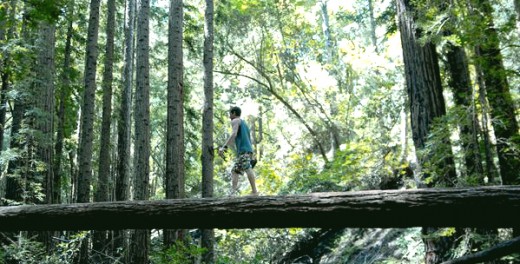
When you walk, your mind will focus. When your mind focuses, you can open your poet's eyes, and absorb the beauty in everything you see. From this beauty, a well is bore; a geyser that feeds the creative spirit for as long as your feet keep moving, as long as your eyes keep walking.
Look at that candy bar wrapper, floating in that gutter stream. Is it not like a viking's boat, on a grand voyage to unsettled new lands? Or a hot air balloon, caught in it's own stream of wind over a far off desert? A poet's walk will bring these stories to life, and bring the artist into their dramatic fold.
You needn't be the first to see anything, as long as you act like you are. You needn't look with an intention of finding: a poet's walk creates where another's eye observes. As long as your feet are in motion and your eyes remain open, there are things to be seen wherever your poet's walk takes you. This well will feed your creative spirit for as long as you wish to drink. "Good work" is far from a finite resource; the more you walk, the better you will see, and the better you will learn to breath life into your creativity.
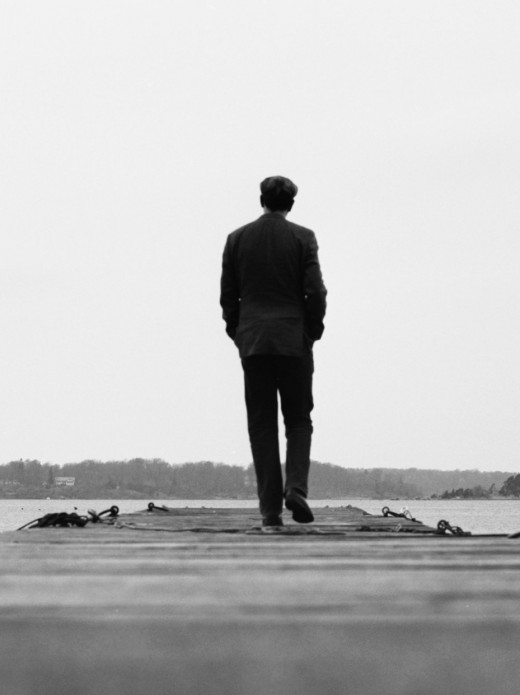
Place One Foot in Front of the Other, and Begin Your Journery
Have I over-simplified the utility of the poet's walk? Of course I have, but art is simple. And so is walking. Put one foot in front of the other, and start your artistic journey. The artist's road is never easy: you will lack many things, and the enormity of the task before you, to create something genuine and meaningful birthed forth from the deepest parts of the human experience, will feel overwhelming. But if you practice the poet's walk, you will not lack for inspiration. There are many more steps for you to take before you produce something brilliant, but your first step out the door may be the most important.
You became an artist because you saw in the world something magical and inexplicable, and saw in yourself the means to translate that magic into art. So open your eyes, and see the inexplicably magic artistry of the world again. Open your front door, open your eyes wide, and walk like a poet.
To learn more about Norman O. Brown, start with the selections of his writings I have highlighted below. Or, take a trip into the McHenry archives at the University of California, Santa Cruz, where all of Brown's original work and notes reside.

